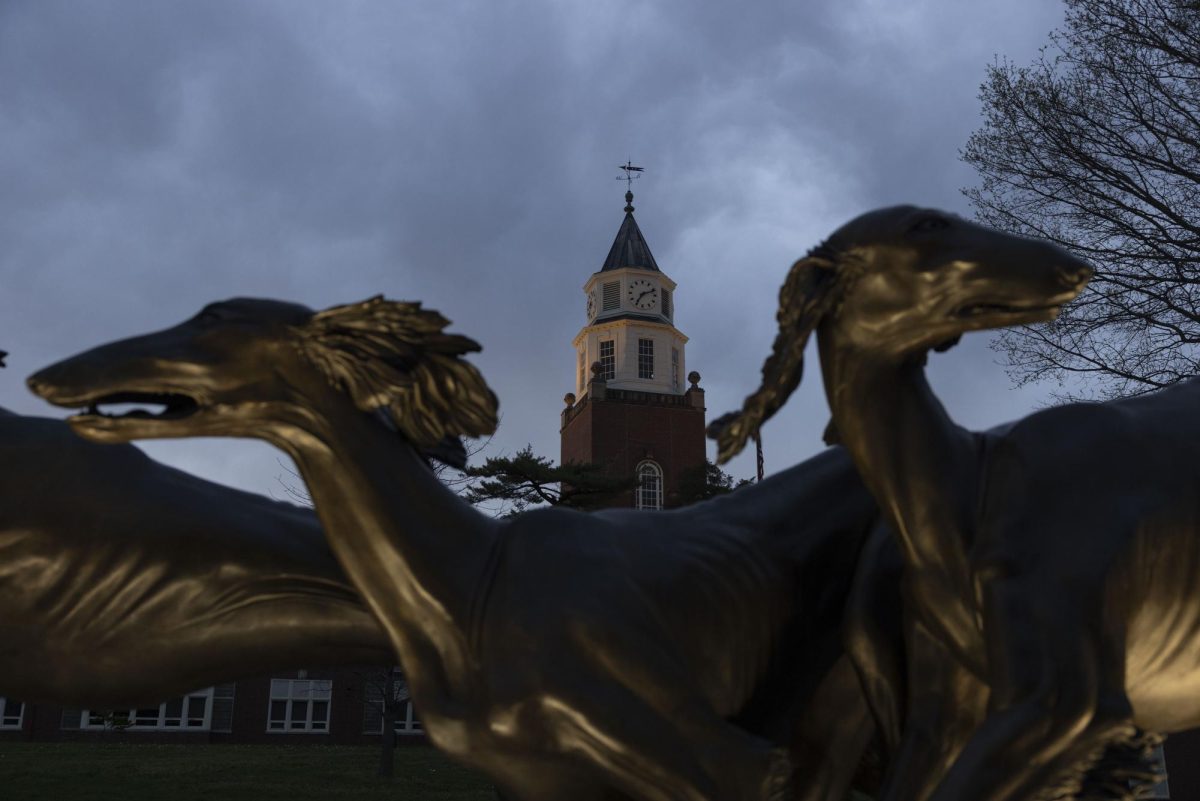Former SIU medical student sentenced to life for murders
September 8, 2000
Former SIU medical student turns serial killer
Double-0 Swango sentenced to life in prison
Less than two years after he graduated from the SIU School of Medicine in 1982, Michael Swango committed his first murder.
Advertisement
During the 10 years that followed, a trail of suspicious deaths beset Swango’s career through several states and two continents.
Wednesday, Swango, a Quincy native, pleaded guilty to three counts of murder in a federal court and was sentenced to life in prison without parole.
Complications with forensic evidence prevented Swango from being charged with murder until two months ago.
Now Swango will serve three consecutive life terms after pleading guilty to five counts of a nine-count federal indictment, which also includes lying on his resume to potential employers.
Special Agent Jim McCarthy, the New York FBI agent in charge of the Swango case, could not comment about the investigation because of FBI policy. However, Jim Margolin, a New York spokesman for the FBI, said there is a limit to the protection afforded Swango by the plea agreement.
I don’t think it gives him blanket protection from anything, Margolin said. If there is a homicide in another part of the country I don’t think anyone would be barred from prosecuting him.
Dr. John Murphy, an SIU professor and former instructor of Swango’s, described Swango as eccentric when he was a medical student.
Advertisement*
Swango was dubbed double-0 Swango by his classmates at SIU in 1979, in reference to the James Bond novels.
The nickname was not given to him because he had a license to kill, Murphy said. It was because he was different.
Other media have often reported Swango’s career began at SIU when several of his cases ended in death. But Murphy called those claims unsubstantiated, and said because Swango was not a resident and did not have patients directly under his care, it would be impossible for foul play to occur.
There was never any indication he was a danger, Murphy said.
There has been no formal investigation of suspicious patient death at SIU’s medical school.
According to James Stewart’s book Blind Eye:How the Medical Establishment Let a Doctor Get Away With Murder, credited with sparking national interest in the case, Swango has been linked to as many as 60 suspicious deaths.
Revealing journal entries by Swango aided the assistant U.S. Attorney’s who prosecuted Swango with their case. Swango, in one entry, wrote murder is the only way I have of reminding myself that I’m alive.
According to Jason Themason, a former intern for the Child Abduction and Serial Killer unit for the FBI, Swango’s entry might suggest that he killed for empowerment.
Themason, currently an investigator for the Attorney Registration and Disciplinary Commission, said serial killers sometimes have what he called a God complex.
Some people go on roller coasters and some people bungee jump to make them feel alive. Maybe this was his mode of getting an adrenaline rush, Themason said.
In a second entry Swango refers to the pleasure he received from the sweet, musky smell of indoor homicide. Themason said it it’s a possibility Swango might have used the smell of death indoors to remind him of his actions and let him relive it.
It wasn’t until 1997 that federal authorities were able to prosecute Swango on charges of fraud. Last July, only 48 hours before Swango was scheduled to be released from prison, adequate evidence was gathered to charge him with fatally poisoning three patients under his care in 1993 at a Long Island hospital.
Following his graduation from SIU and a brief stint in the Marines, Swango was admitted as a surgical intern at Ohio State University.
After suspicions arose about the deaths of some patients, he returned home to Quincy, working as a paramedic. His brief employment ended there after he was convicted of serving his co-workers poisoned donuts.
Swango served two years at Centralia Correctional Facility following his conviction and then lived and practiced medicine in several other states before fleeing to Zimbabwe in 1995, after he was accused of misconduct in South Dakota and New York.
In accordance to the plea bargain, Swango must return to Ohio to acknowledge the murder of a 19-year old gymnast killed in 1984. Toxic levels of potassium were found in her system after her death. As part of the agreement, Zimbabwe agreed to drop murder charges against Swango, who practiced medicine there for two years.
Advertisement









